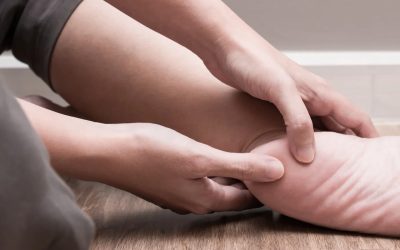Myth busting squats
The squat is an exercise that is functional to everyday life. Naturally we should squat to pick things up from the floor, lowering onto a chair. Our modern day lives have meant that varying movement patterns have been formed during a squat which can place strain on joints and muscles.
There is a strong belief that the knees should never move over the toes when squatting. The knee is only a hinge joint, so it will only move forward based on movement that goes on at the ankle and hip. Instead of focusing so much on what is going on at the knee, we should really be focusing in on the hip and ankle joint when we squat.
- Limiting forward knee travel simply SHIFTS THE STRESS from the KNEES to the HIPS/LOW BACK.
- In order to reach FULL depth in the squat the KNEES almost ALWAYS have to move forward past the toes.
- EARLY forward knee travel during a squat may indicate a mobility restriction or poor movement pattern.
Ways to keep you squatting around pain!
What people also tend to forget is that each type of squat is MEANT to have differing amounts of forward knee travel, due to the varying demands placed on the joints of the lower limb due to the different bar or arm positions.
In order of most to least expected forward knee travel in different versions of the squat:
- Overhead squat
- Front squat
- Goblet squat
- Back squat
- box squat
- Wall squat
If you are experiencing pain when squatting, try these variations as you recover!
Knee/Ankle pain
- Wall squats
- Box squats
Hip/Low back pain
- Front squats
- Goblet squats
How to improve your squat!
Ankle mobility
- Grab a box and a resistance band.
- Place the band around the top of the foot.
- Drive your knee through the midline of your foot to increase ankle range.

Hip mobility
- Grab a resistance band and place the band around the leg as far up the thigh as possible
- Move outwards to create a strong pull on the band
- Get in a lunge position and move the knee in and out

Hamstring flexibility
- Laying on your back, supporting your thigh at 90 degrees.
- Bend and straighten your knee until you feel a stretch.
- Repeat this movement continuously.
Trunk control
- Try squatting with a weight held straight out in front of you to offset your body weight.
- This will challenge your trunk control to keep an upright torso.




